TSA Colombia Expansion
by Rick Hudson
TSA Expands Scope of Turtle Conservation Activities in Colombia
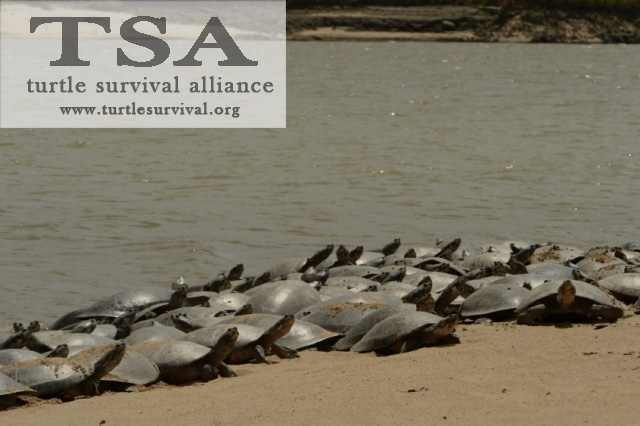
Podocnemis expansa basking aggregate Photo courtesy of Gabriela Garza
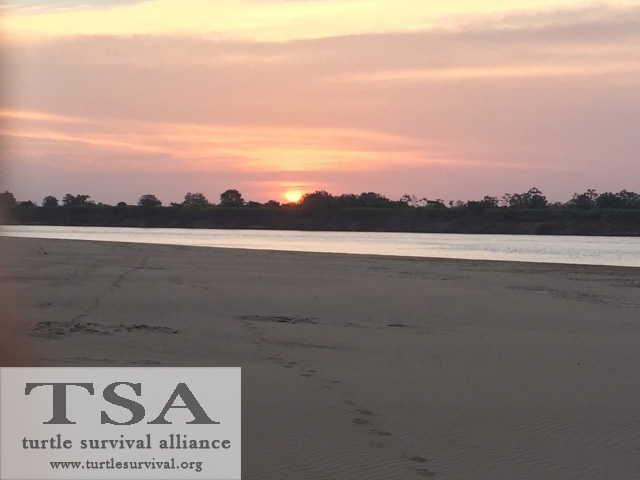
A TSA delegation recently returned from Colombia, having reviewed nearly the full scope of the joint Wildlife Conservation Society/Turtle Survival Alliance turtle conservation program there. Rick Hudson (President/CEO) and new Board member Tim Gregory were hosted by German Forero (Science Director of the WCS Colombia Program and TSA Colombia Coordinator).
Colombia is a turtle diversity hotspot, ranking 7th globally with 27 taxa of tortoises and freshwater turtles and the most diverse when viewed from the number of families, with nine. This presence of chelonian diversity, combined with a number of bright, highly motivated and well-educated chelonian biologists, sparked the TSA to try and establish their first full-scale turtle conservation program in the New World. With a focus on endemic (3) and endangered species, the WCS / TSA collaboration has been a productive partnership for turtle conservation; one that promises to expand over the next few years.
This trip was divided into two distinct segments, the first to the far reaches of eastern Colombia, on the Venezuelan border, known as the Orinoquía. We flew from Bogota to Puerto Carreño, then traveled 6 hours by car and boat to the community of La Virgen. We slept on a sandbank on the Meta River – one of the main tributaries of the Orinoco River - along the northern border with Venezuela. The vastness of this river stands in stark and desolate contrast with any that I have seen in South America, and the wide sandbanks provide ample nesting habitat for the Giant Amazon River turtle, Podocnemis expansa, which we hoped to see.
The Meta River supports the second largest known population of P. expansa in Colombia with ~1000 females nesting annually. Though we were unable to catch any females nesting that night, we found tracks up the sand banks the next morning. Unfortunately, it is these tracks that lead egg poachers to nests, and to nesting females, which sometimes fall prey to indigenous peoples who travel from afar to take advantage of this mass nesting event. This population requires protection and monitoring, which is being done through a well-organized community-based effort coordinated by Fundación Omacha and WCS and involving many dedicated individuals from La Virgen. This program is in the third and final year of a grant from Ecopetrol, and new funding will be required to sustain this important program. Beginning in 2018 the TSA will invest in this project with the goal of ensuring financial sustainability based on ecotourism.
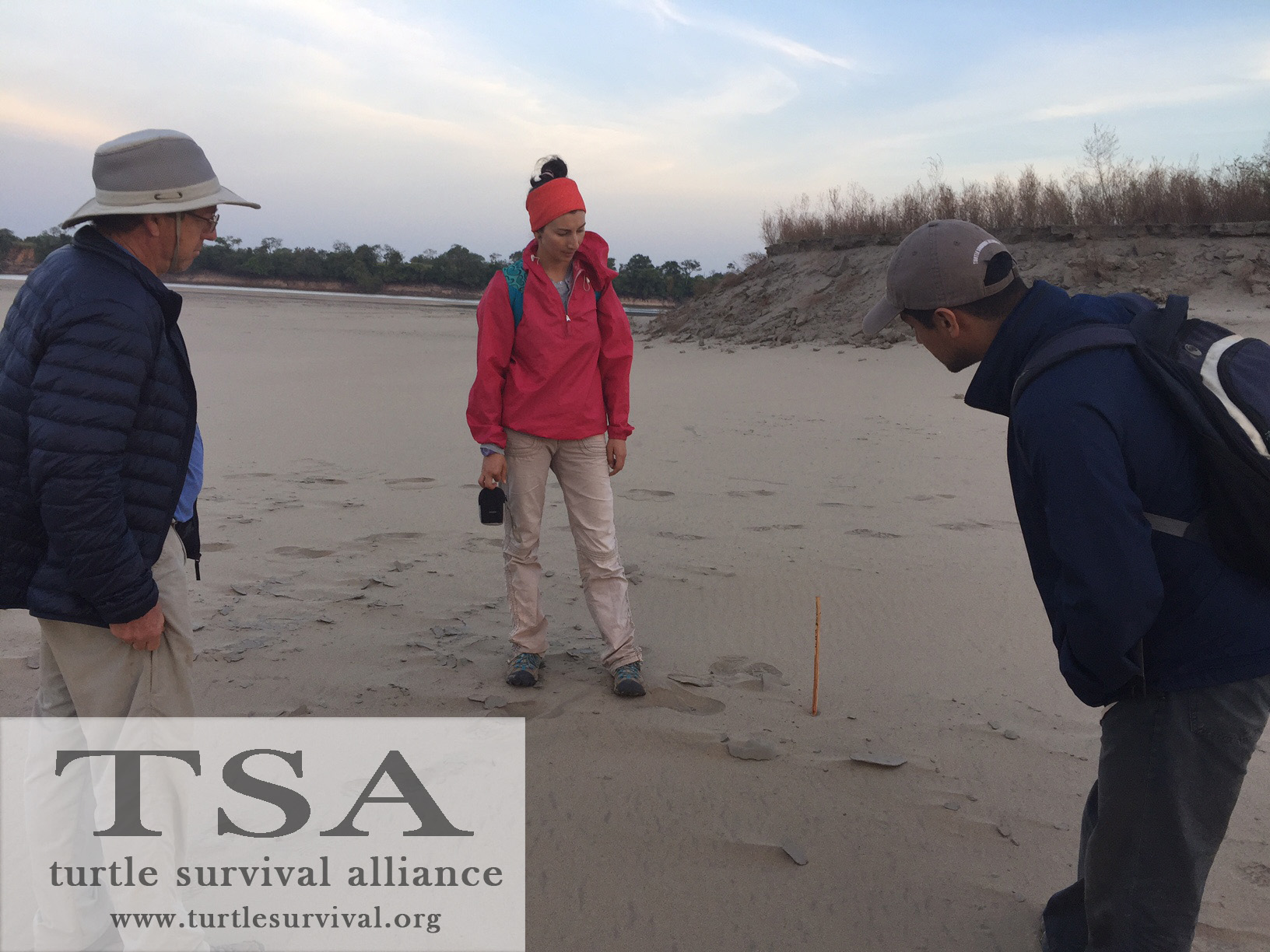
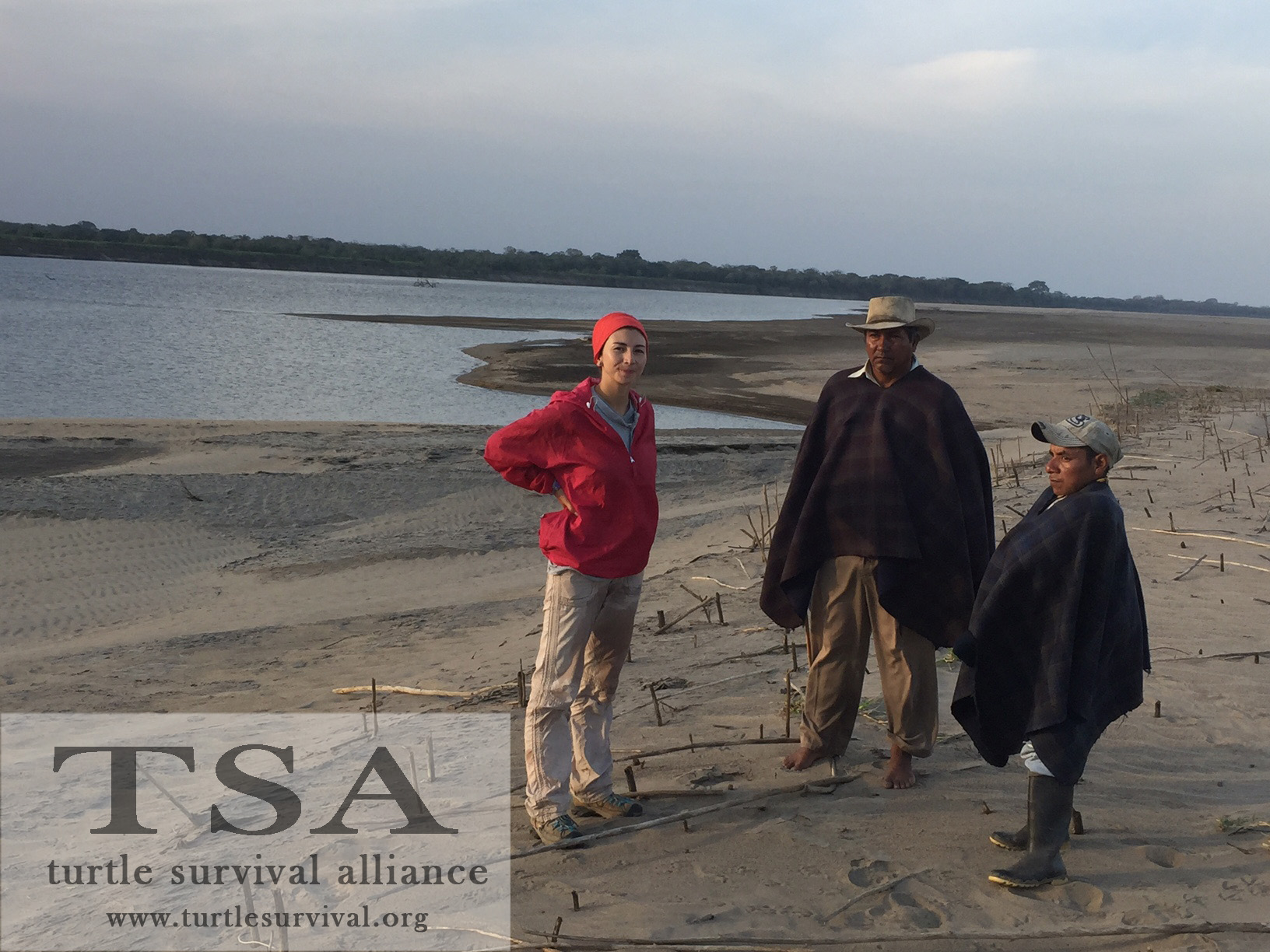
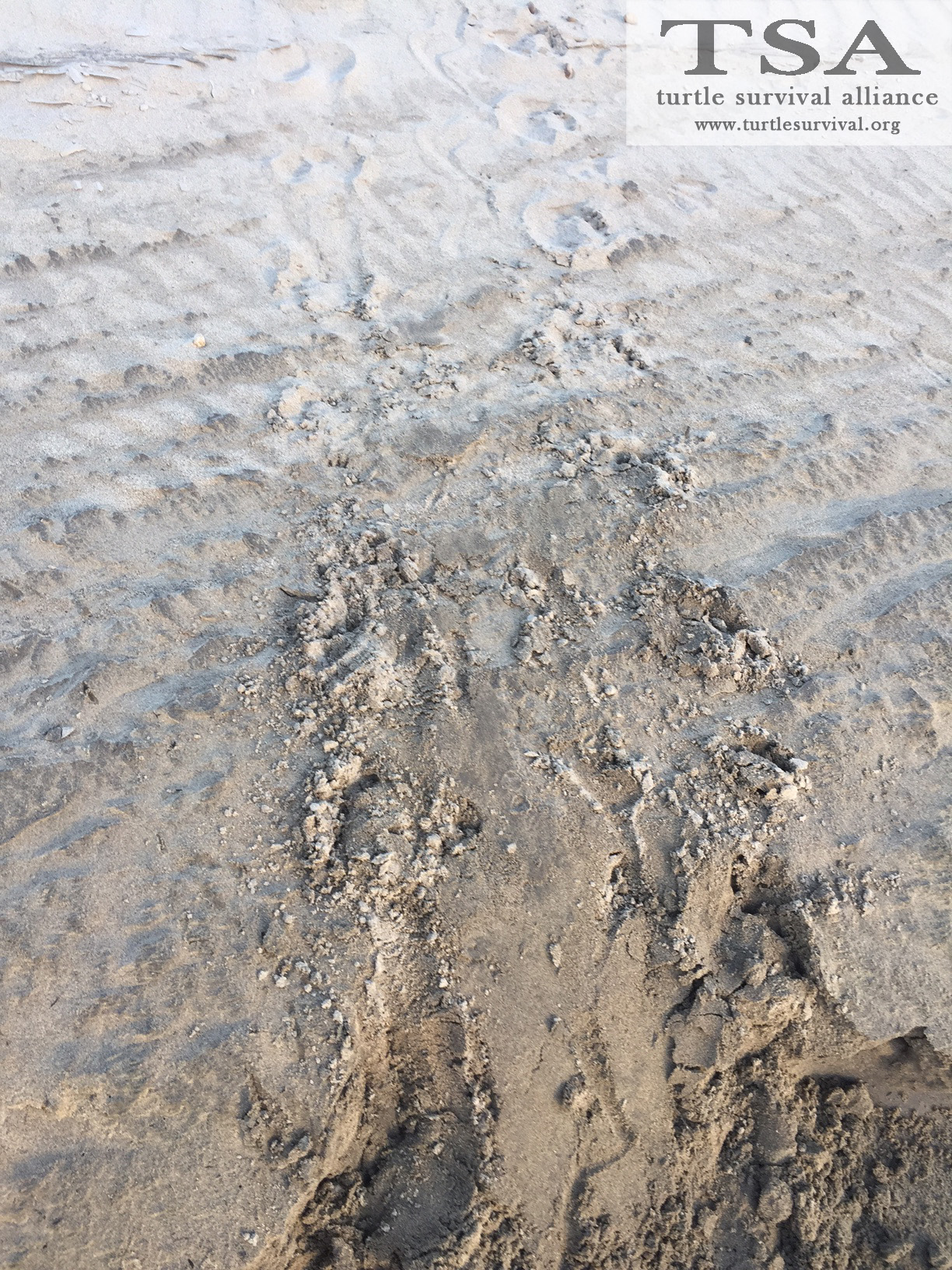
The second leg of the trip was focused in the northwest, on the Caribbean side, flying first to Monteria then visiting the community of Cotoc√°. Situated on the Sin√∫ River, one of only two rivers to support populations of the critically endangered Magdalena River turtle, Podocnemis lewyana, Cotoc√° provides another outstanding example of community-based turtle conservation. The only Podocnemis found north of the Andes, P. lewyana is threatened primarily by poaching and is the keystone species of the joint WCS/TSA program.

On the Sin√∫ River, the Magdalena River turtle is subject to massive nest loss when the Urr√° dam releases water that floods the sand banks. Mitigating this loss through the collecting and hatching eggs, that would otherwise be lost, is the job of the Cotoc√° community; one that they take quite seriously. Visiting this inspiring community and hearing about their commitment and dedication to saving this turtle is always the high point of my trips to Colombia, and this was no exception.
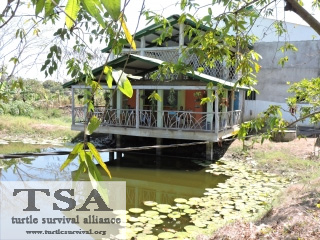
We were hosted in Cotoc√° by Natalia Gallego who has worked with the community for many years. The community is organized into four teams, one each for nest site remediation/restoration, egg collection, egg incubation and field research (monitoring the adult population); all of which were generously supported by a grant from the Disney Conservation Fund in 2016. To continue this project, the community must continue to develop a sustainable revenue stream to support the turtle conservation work. Fortunately, in this aspect, they have nearly completed construction of an ecotourism lodge that holds great promise if visitors can be attracted to the area. The lodge is situated on a huge wetland area that is a great bird-watching site. The TSA will soon provide start-up funding to complete the lodge and create infrastructure to support ecotourism there.
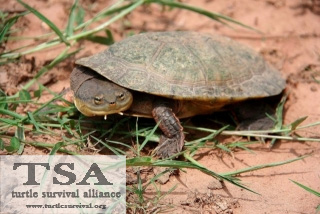

Finally, we drove a short distance to an area that is known to support populations of the endangered Dahl’s toad-headed turtle, Mesoclemys dahli, a resident of small seasonal streams in tropical dry forest habitat. Unfortunately, precious little undisturbed habitat remains for this turtle, having been converted to open pasture for cattle ranching. As this turtle does persist in small,isolated populations, its preservation in the wild can only be accomplished through the establishment of a dry forest reserve. This endeavor will mean purchasing land, removing cattle and encouraging forest restoration. Our immediate goal is to identify a parcel of land that supports a healthy population. Once the land is acquired, the TSA would begin a process of “genetic rescue” whereby individuals are brought in from other isolated but genetically distinct populations to create a genetic reservoir or “source population” for long-term survival. Think assurance colony - but still in the wild.

This trip signals the beginning of a new and substantial investment in the sustainability of turtle conservation in Colombia. Unlike in Asia, where we are already dealing with small populations that are dangerously close to extinction, in South America we have the opportunity to enact conservation work before individual species reach such a perilous state. The TSA/WCS program is working proactively to protect both endemic and critically endangered species while we still have time to understand their natural history, and to avoid the crisis management situations that we so often find ourselves in, in Asia.
